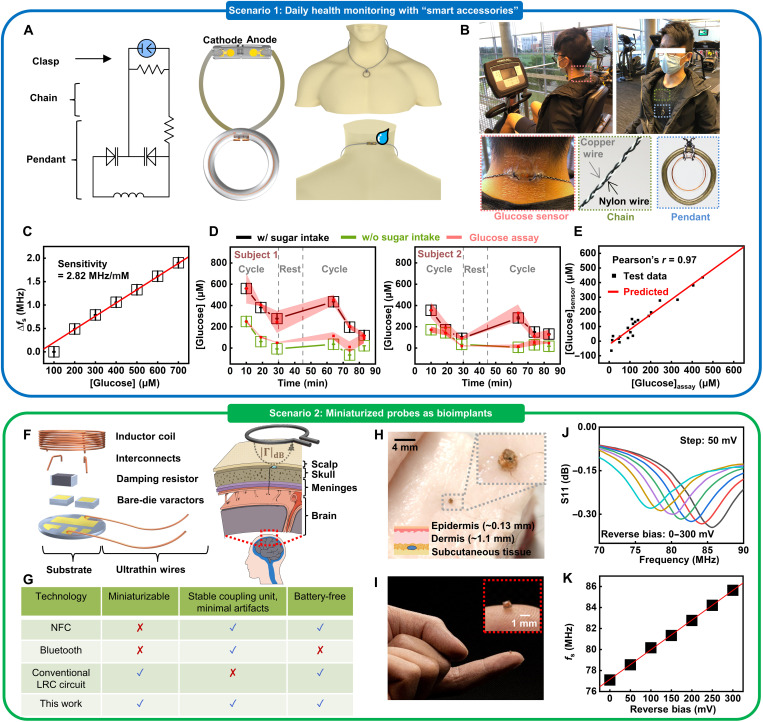Fig. 6. Demonstrations of biointegrated chemical sensors customized for different application scenarios.
(A) Design and schematic illustration of a smart necklace based on the tuning circuit–inspired sensor prototype, including a pendant, a clasp, and a chain. (B) Photographs of a participant wearing the smart necklace for sweat analysis during cycling. (C) Calibration plot of the smart necklace used for field testing. (D) Real-time wirelessly acquired signals and the corresponding data obtained using a commercial glucose assay kit in two participants during cycling, showing changes in glucose concentration in sweat. (E) Comparison of glucose concentrations measured by the smart necklace and the commercial assay kit. The data are from 20 sweat samples shown in (D), excluding the first point of each study section used for baseline correction. (F) Schematic illustration of a miniaturized sensor probe based on the resonance circuit for potential applications as bioimplants. (G) Comparison between the miniaturized sensor probe and competing state-of-the-art wireless sensing technologies. (H and I) Photographs of a miniaturized coupling unit mounted on a fingertip and integrated with a piece of meat, respectively. (J and K) Electrical performance of a miniaturized probe with an input reverse bias simulating biochemical signals.

